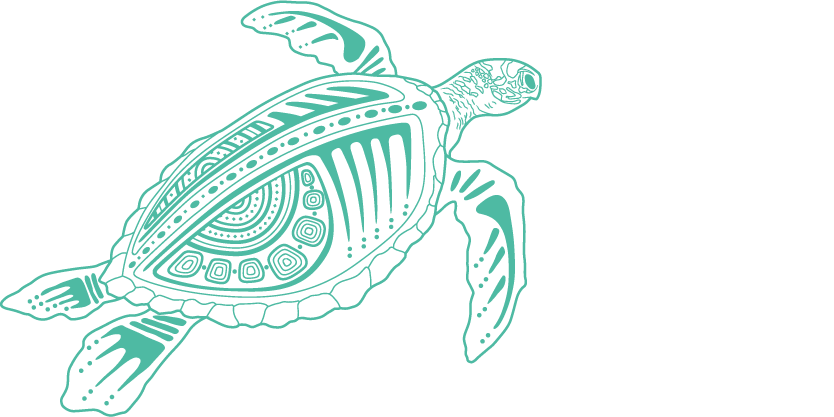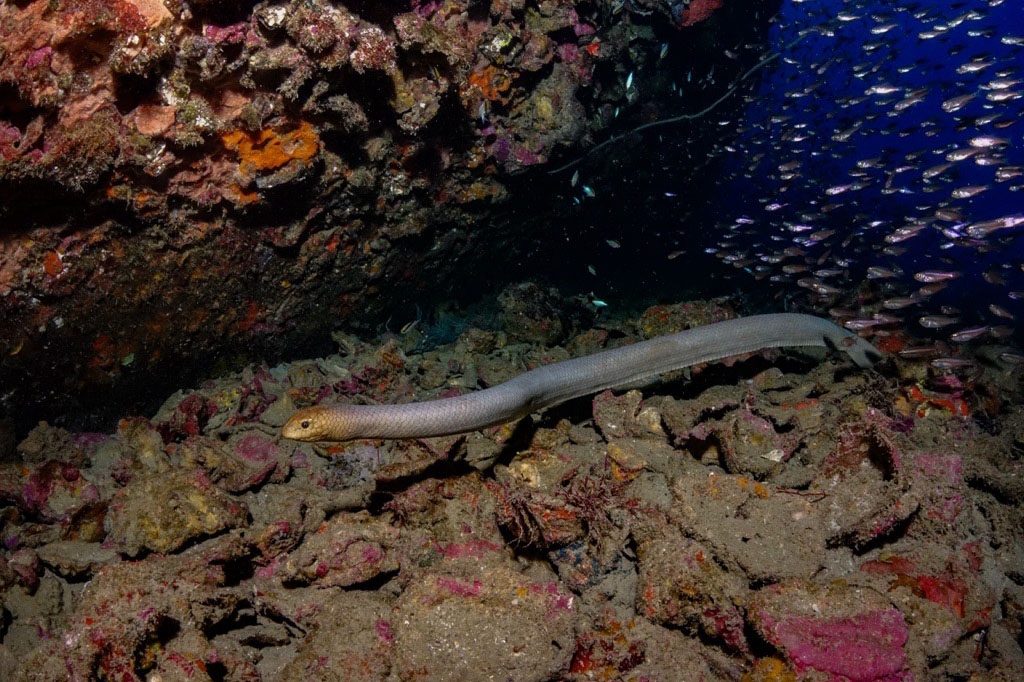427.
Udyawer, V. and Heatwole, H. 2022, Sea snakes: a unique group of marine reptiles, in Coral Reefs of Australia: Perspectives from Beyond the Water's Edge, eds S.M. Hamylton, P. Hutchings and O. Hoegh-Guldberg, CSIRO Publishing, Australia, pp. 166–167.
428.
Lillywhite, H.B., Sheehy III, C.M., Sandfoss, M.R., Crowe-Riddell, J. and Grech, A. 2019, Drinking by sea snakes from oceanic freshwater lenses at first rainfall ending seasonal drought, PLoS One 14(2): e0212099.
429.
Lillywhite, H.B., Babonis, L.S., Sheehy III, C.M. and Tu III, M. 2008, Sea snakes (Laticauda spp.) require fresh drinking water: implication for the distribution and persistence of populations, Physiological and Biochemical Zoology 81(6): 785-796.
430.
Heatwole, H. and Lukoschek, V. 2008, Reptiles, in The Great Barrier Reef: Biological, Environment and Management, eds P. Hutchings, M. Kingsford and O. Hoegh-Guldberg, CSIRO Publishing, Collingwood, pp. 343-349.
431.
Hamann, M., Limpus, C.J. and Read, M.A. 2008, Vulnerability of marine reptiles in the Great Barrier Reef to climate change, in Climate Change and the Great Barrier Reef: A vulnerability assessment, eds P.E. Johnson and P.A. Marshall, Great Barrier Reef Marine Park Authority and Australian Greenhouse Office, Townsville, pp. 466-496.
432.
Somaweera, R., Udyawer, V., Guinea, M.L., Ceccarelli, D.M., Clarke, R.H., et al. 2021, Pinpointing drivers of extirpation in sea snakes: a synthesis of evidence from Ashmore Reef, Frontiers in Marine Science 8: 658756.
433.
Fry, G.C., Milton, D.A. and Wassenberg, T.J. 2001, The reproductive biology and diet of sea snake bycatch of prawn trawling in northern Australia: characteristics important for assessing the impacts on populations, Pacific Conservation Biology 7(1): 55-73.
434.
Lukoschek, V. and Shine, R. 2012, Sea snakes rarely venture far from home, Ecology and Evolution 2(6): 1113-1121.
435.
Shine, R., Brown, G.P. and Goiran, C. 2022, Divergence in life-history traits among three adjoining populations of the sea snake Emydocephalus annulatus (Hydrophiinae, Elapidae), Scientific Reports 12(1): 5137.
436.
Edgar, G.J., Cooper, A.T., Baker, S.C., Barker, W., Barrett, N.S., et al. 2020, Reef life survey: establishing the ecological basis for conservation of shallow marine life, Biological Conservation, 252.
437.
Dedini, E., Jacobsen, I. and Zieth, J. 2023, East Coast Otter Trawl Fishery ecological risk assessment species of conservation concern, State of Queensland, Brisbane.



